
Genetic gains underpinning a little-known strawberry Green Revolution
Plant Science Research WeeklyThe domestication of cultivated strawberry (Fragaria × ananassa) traces back approximately 300 years, providing us with a relatively comprehensive genealogy of this artificial hybrid species. Strawberry yield in the US has increased by 2,755% since the 1960’s, largely owing to the California strawberry…
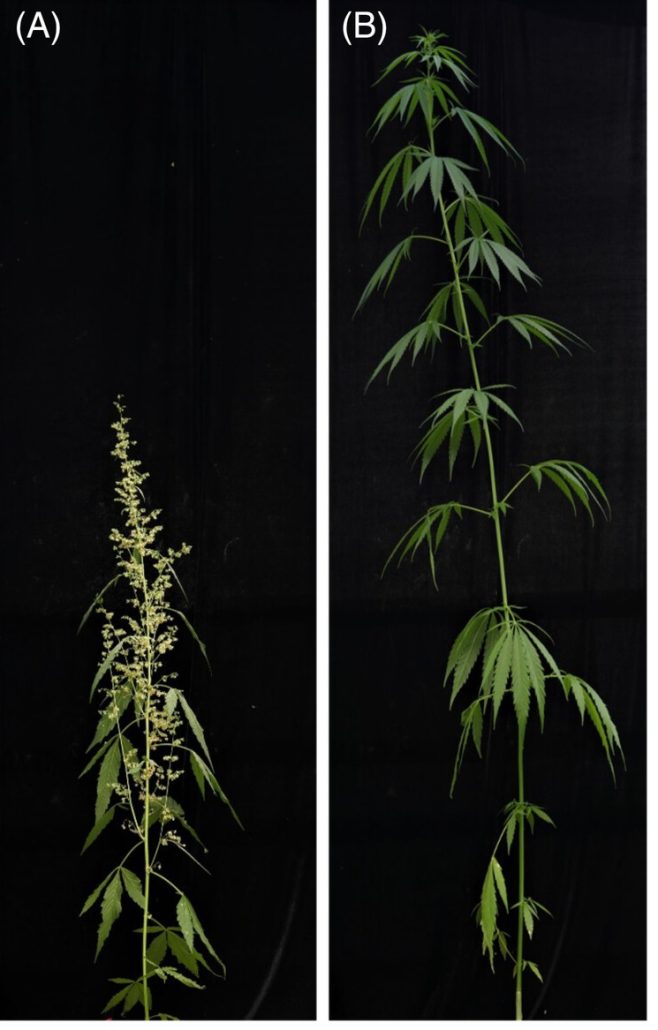
Photoperiod-insensitive flowering is associated with the FT gene in hemp
Plant Science Research WeeklyCannabis sativa, also known as hemp or marijuana, is a widely cultivated plant for a variety of reasons. It is perhaps best known as a producer of an intoxicating chemical, THC, produced by glandular trichomes on female flowers, but low-THC producers (hemp) are cultivated for fibers. Flowering time affects…
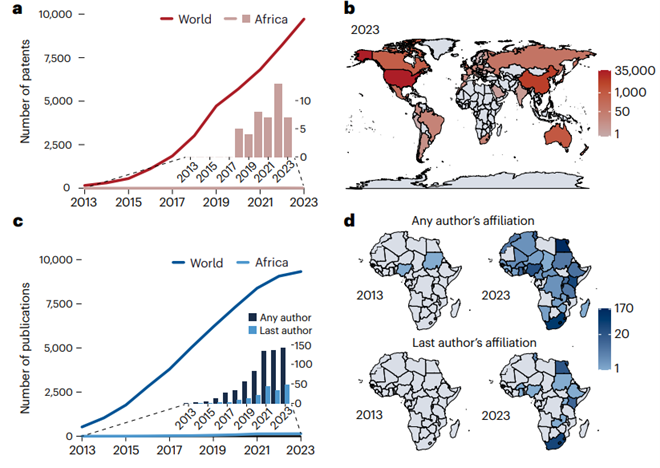
Making genome editing a success story in Africa
Plant Science Research WeeklyThe introduction of CRISPR-Cas technology in 2012 marked a significant advancement in global genome editing, yet its potential remains largely untapped in Africa, where it could address crucial challenges in agriculture, public health, and medicine. However, several obstacles hinder its full realization,…
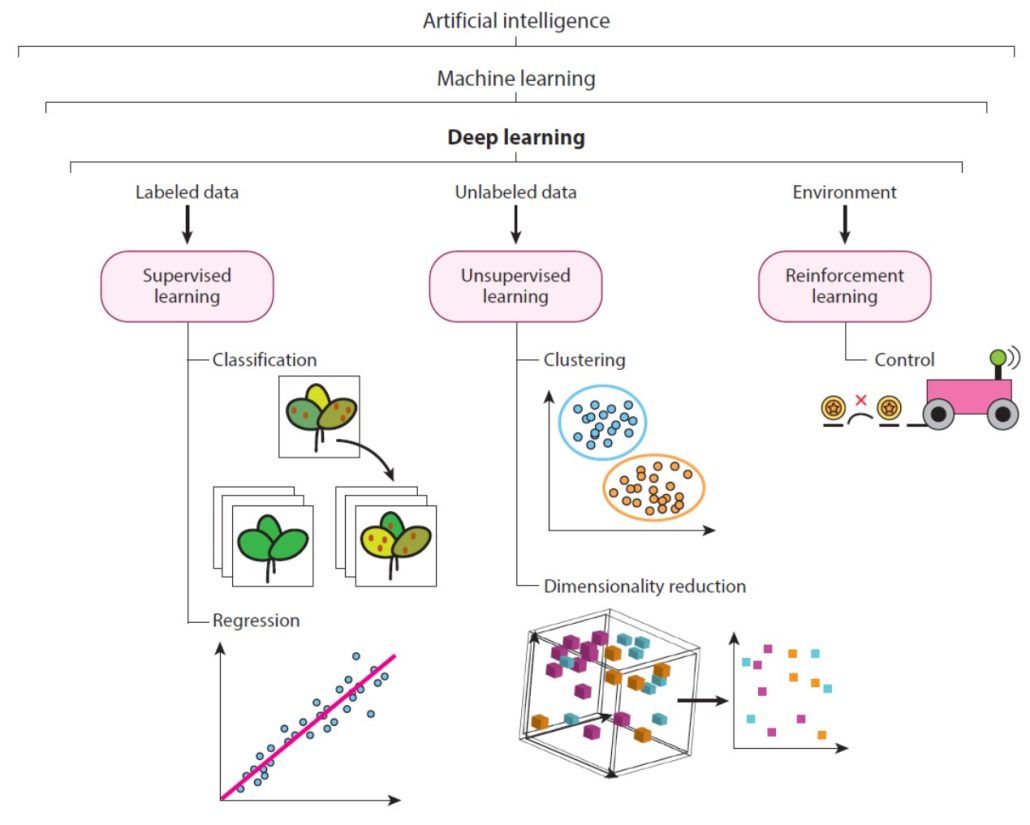
Review: Deep learning in image-based plant phenotyping
Plant Science Research WeeklyAs a writer and an editor, I am horrified by the idea that thinking can be replaced by artificial intelligence. But I do recognize that deep learning / machine learning / artificial intelligence can provide major opportunities for data analysis, as eloquently described in this review article by Murphy…
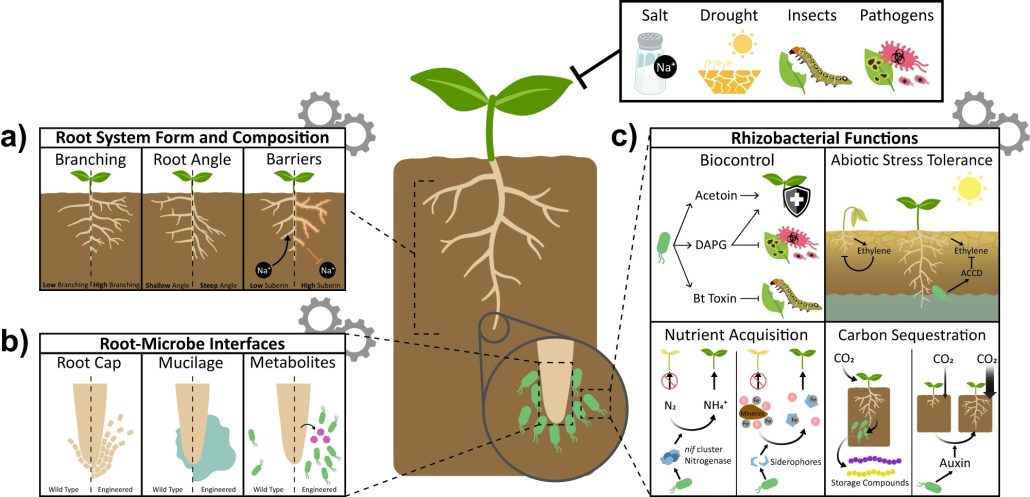
Review: SynBio takes on roots and the rhizosphere
Plant Science Research WeeklyThis is an excellent introduction to how synthetic biology can be used to program plants for climate resilience by engineering them to respond predictably and in ways beyond those that evolution has explored, through the use of controllable synthetic gene circuits. Ragland et al. describe how precise…
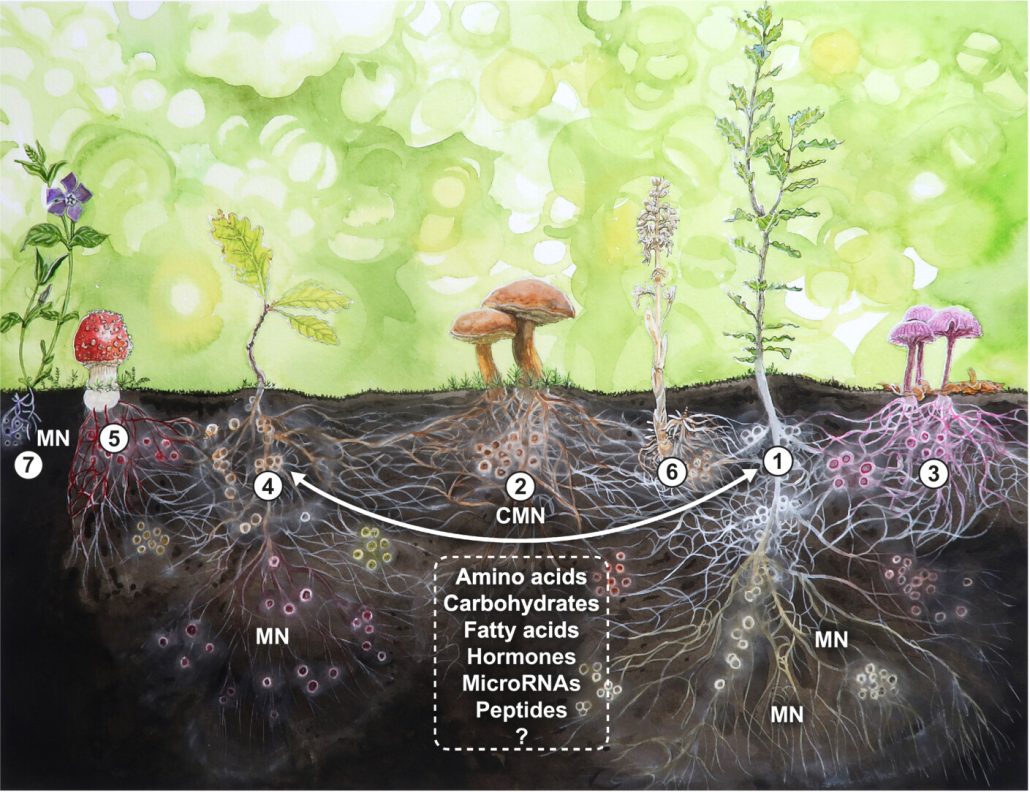
Review. Mycorrhizal symbiosis: Genomics, ecology, and agricultural application
Plant Science Research WeeklyThis outstanding Tansley review by Martin and van der Heijden spans the scale of research on mycorrhizal symbiosis from molecules to ecosystems, and spans time from the earliest encroachment of plants and fungi onto land to the future applications of our understanding. This very comprehensive review…
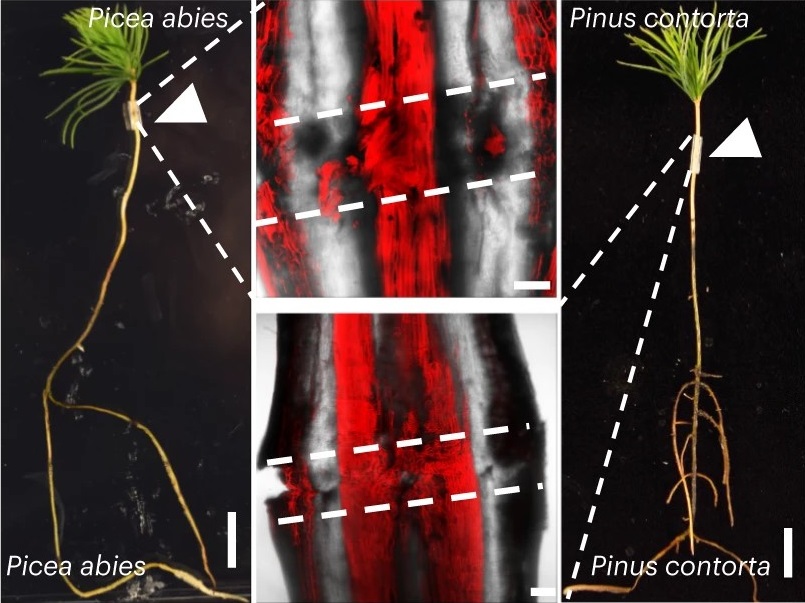
Sealing the deal to graft healing: PAT1 as a novel regulator of graft formation
Plant Science Research WeeklyGrafting is a way to combine the desirable properties of two plants by joining the scions and rootstocks from different plants. While frequently practiced, little is known about how grafting within and between coniferous species works. Most pertinently, grafting success relies on how efficiently connected…

Contribution of synthetic auxin conjugates to clonal propagation of woody species
Plant Science Research WeeklyFrom food and energy to paper and timber, many industries rely on clonal propagation of tree species. Successful propagation of cuttings depends on adventitious rooting ability, which is known to decline with tree age and to be naturally low in many species of interest. Propagators therefore employ naturally…

The global distribution of plant diversity and its significance to humans
Plant Science Research WeeklyPlants shape ecosystems and sustain human life. Only a small portion of plant diversity is currently known to be in use, even though most plants may be useful to humans. Over time, certain species become widespread, but others are native to specific geographical regions. Thus, to manage plant resources…

